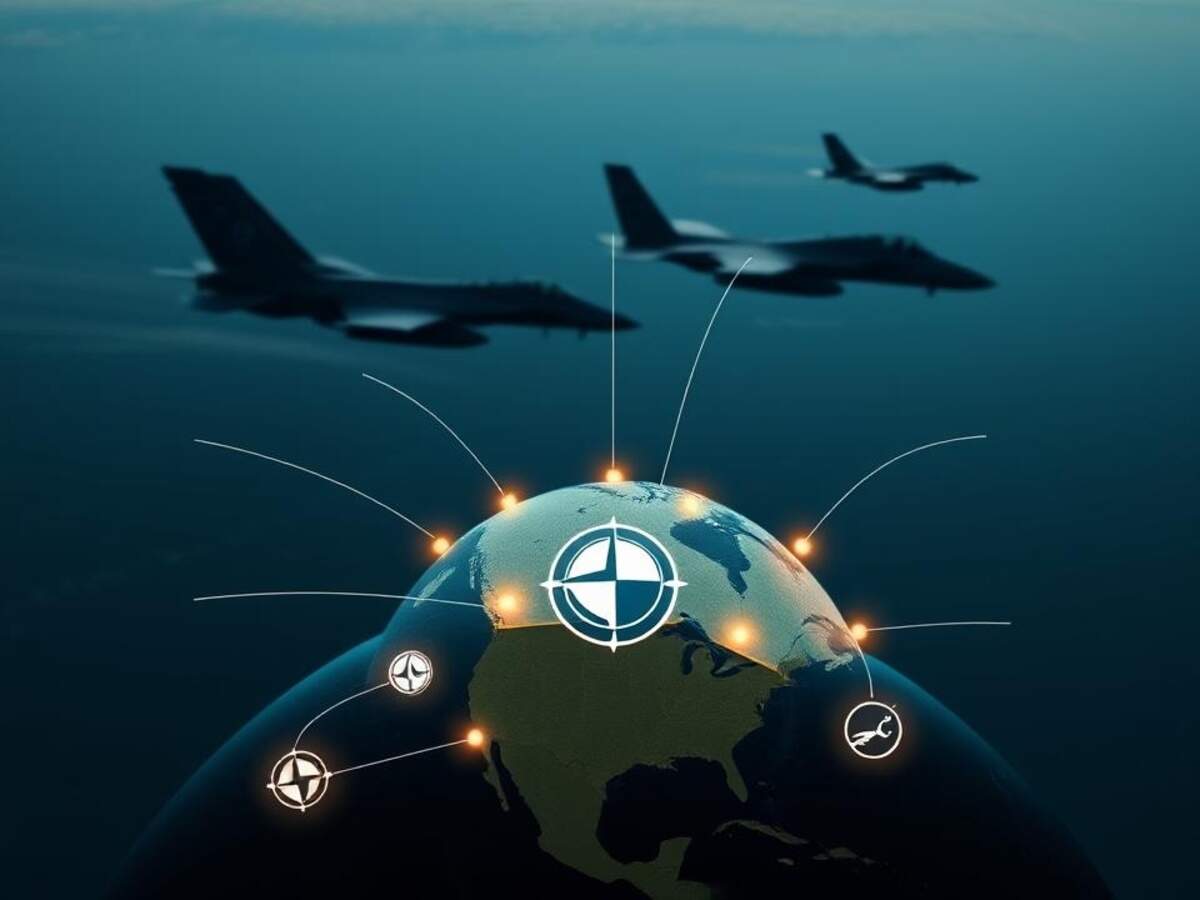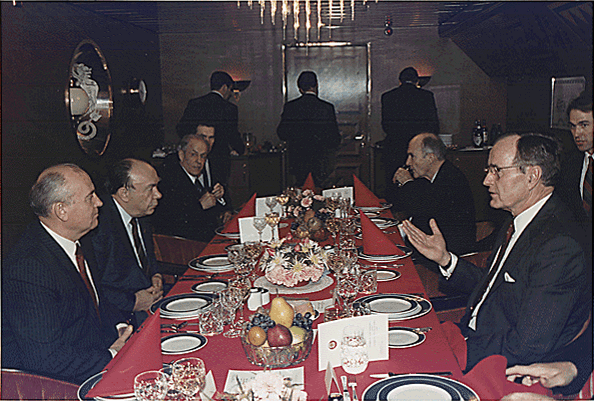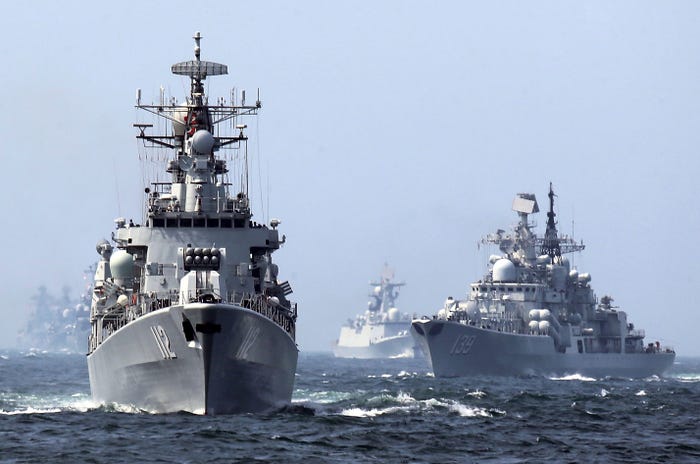Realism in International Relations: A Comprehensive Overview

Realism in International Relations
A comprehensive examination of power, anarchy, and the perpetual struggle for security in global politics
Core Tenet
States operate in an anarchic international system, driven by self-interest and the pursuit of power for survival.
Key Focus
Material power, national interest, and the balance of power as fundamental drivers of state behavior.
Core Principles and Assumptions
Foundational Concepts: Anarchy, Power, and National Interest
Realist theory in International Relations (IR) posits that the international system is fundamentally anarchic, meaning there is no overarching global authority to enforce rules or ensure security [88]. This anarchy compels states to prioritize their own survival and security, leading to a constant struggle for power. Power, in this context, is the primary currency of international politics and is often defined as a state's ability to influence others or control outcomes [66].
Realists view states as rational actors that make decisions based on a careful calculation of their national interests, primarily defined in terms of power and security [88]. The pursuit of national interest is seen as the driving force behind state behavior, often leading to competition and conflict. This perspective contrasts sharply with liberal theories, which emphasize the potential for cooperation and the role of international institutions in mitigating anarchy.
Classical Realism: Human Nature and Power Politics
Classical realism, as articulated by thinkers like Hans Morgenthau, roots the drive for power in inherent human nature [44]. Morgenthau's work, particularly "Politics Among Nations," argues that states, like individuals, possess an innate desire for power and domination (animus dominandi) [2].
Neorealism/Structural Realism: Systemic Anarchy
Neorealism, or structural realism, developed by Kenneth Waltz in his work "Theory of International Politics," shifts the focus from human nature to the structure of the international system as the primary determinant of state behavior [56], [104].
Historical Development and Key Thinkers
Ancient Foundations
Thucydides emphasized power, fear, and self-interest in the Peloponnesian War.
Machiavelli focused on pragmatic statecraft and power pursuit in The Prince.
Modern Formulation
E.H. Carr critiqued idealism in The Twenty Years' Crisis.
Hans Morgenthau systematized classical realism with six principles.
Structural Turn
Kenneth Waltz introduced neorealism, shifting focus to systemic structure.
John Mearsheimer developed offensive realism, emphasizing power maximization.
Twentieth Century Foundations
The foundations of modern realist thought were significantly shaped by E.H. Carr and Hans Morgenthau. E.H. Carr, in his seminal work "The Twenty Years' Crisis," critiqued the idealist thinking that he believed had dominated international relations in the interwar period [52]. Carr argued that these idealist notions were utopian and failed to recognize the enduring role of power in international politics.
The Structural Turn: Kenneth Waltz
The next major development came with Kenneth Waltz, who introduced neorealism in his 1979 book "Theory of International Politics," creating a more scientific and parsimonious theory by shifting focus from human nature to the structure of the international system [56], [104].
Realism in Comparative Perspective
Realism vs. Liberalism
| Feature | Realism | Liberalism |
|---|---|---|
| View of Anarchy | Inescapable, leading to self-help and security dilemmas | Can be mitigated through institutions and shared norms |
| Primary Actors | States (unitary, rational actors) | States and non-state actors (IGOs, NGOs, MNCs) |
| Nature of Power | Primarily military and economic (hard power) | Multifaceted: hard power, soft power, interdependence |
| Cooperation | Difficult due to relative gains concerns | Possible through interdependence and institutions |
Realism vs. Constructivism
| Feature | Realism | Constructivism |
|---|---|---|
| Primary Focus | Material power, national interest, survival | Ideas, norms, identities, social constructions |
| Nature of IR | Objective, material reality; power politics | Socially constructed reality |
| Role of Ideas | Secondary, often instrumental | Constitutive; shape interests and behavior |
| View of Anarchy | Given structural constraint | "Anarchy is what states make of it" |
Application of Realist Theory
The Cold War: Bipolarity and Containment
The Cold War (1947-1991) stands as a quintessential case study for realist theory, particularly neorealism's emphasis on bipolarity and the balance of power. The global confrontation between the United States and the Soviet Union was characterized by intense ideological rivalry, a massive arms race, and numerous proxy wars.
From a realist perspective, this "long peace" was largely a product of the bipolar structure of the international system. Kenneth Waltz argued that bipolar systems tend to be more stable because the lines of conflict are clearer and miscalculation is less likely.

US-China Relations and the Indo-Pacific

Realist theory offers a compelling lens for analyzing escalating tensions between the United States and China. The core tenets of realism—anarchy, survival, and power pursuit—are evident in both nations' behaviors.
The South China Sea has become a focal point of this rivalry. China's assertive actions, including land reclamation and island militarization, are seen as rational attempts to enhance regional dominance [329], [348].
The Israel-Palestine Conflict
The protracted Israeli-Palestinian conflict is often analyzed through realist theory, emphasizing power dynamics, national interest, and security dilemmas [39], [40]. From a realist perspective, the conflict is fundamentally a struggle for territorial control, security, and survival.
Israel's primary concern is ensuring its survival as a Jewish state in a hostile region, leading to a focus on military strength and strategic alliances, while Palestinian groups employ asymmetric strategies given the power disparity.
Critiques and Limitations
State-Centric Focus
Overemphasis on states as unitary actors, neglecting the influence of non-state actors like MNCs, NGOs, and terrorist groups in global politics.
Material Power Bias
Excessive focus on military and economic capabilities while underestimating ideational factors like norms, values, and identity.
Cooperation Challenges
Difficulty explaining sustained international cooperation and normative change, particularly in areas like human rights and environmental protection.
Transnational Issues
Realism struggles to address transnational issues like climate change, pandemics, international terrorism, cyber threats, and global financial instability. These problems are not confined by national borders and often require collective, cooperative responses that go beyond traditional state-centric power politics.
Comments
Post a Comment